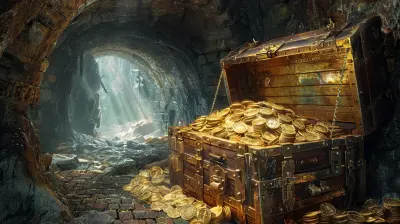Building Parallels: How Real-World Events Can Inspire Game Worlds
14 October 2025
Ever played a game and thought, “Wow, this feels awfully familiar”? You’re not alone. Some of the most gripping and immersive game worlds didn’t just come from someone’s vivid imagination—they were sparked by real-world events. Whether it’s war, political upheaval, environmental disasters, or cultural revolutions, reality often lays the groundwork for digital storytelling.
Look, video games aren't just button-mashing time-killers anymore. They’re storytelling powerhouses that can simulate real-life experiences and take players through emotionally charged journeys. And one of the coolest tricks in a game developer’s toolkit? Drawing deep, meaningful inspiration from the real world.
So, buckle in. Let’s talk about how real-life moments—whether tragic, triumphant, or just plain weird—shape the game worlds we dive into for hours on end.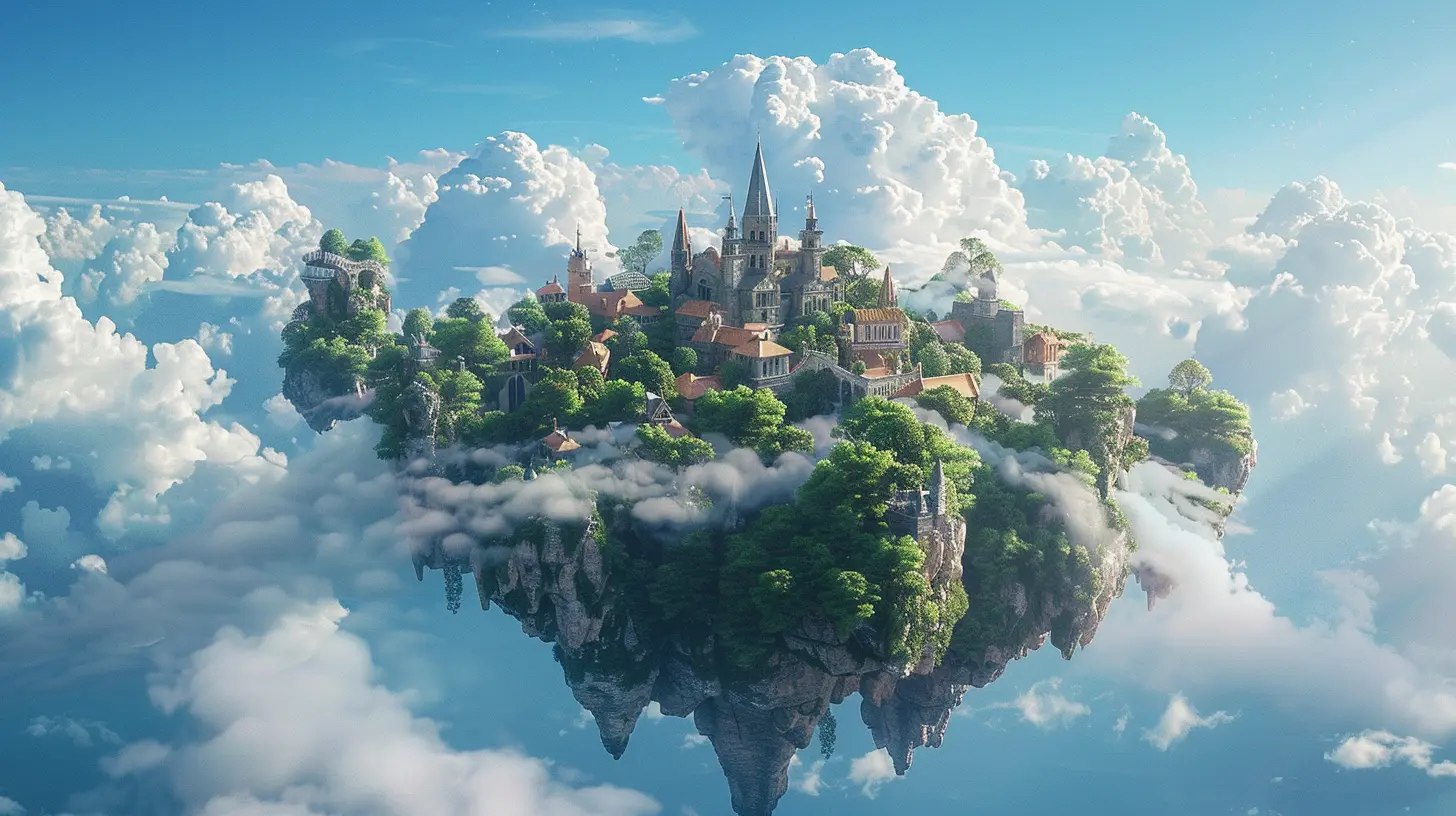
Why Real-World Events Make Great Game Material
First things first, let’s break it down. Why would developers pull inspiration from reality when they can invent anything? Simple—real life is rich, layered, and sometimes stranger than fiction.Think about it: The chaos of a world war, the tension of a political uprising, or the heartache of a natural disaster—all of these carry emotional weight. Games that borrow from these moments suddenly feel real. They resonate with us. They stick.
Emotional Resonance
You can conjure up a fantasy realm full of dragons and magic, sure—but grounding it in human experience is what gives it impact. Real-world events are already loaded with emotion. By channeling those into a game, developers can make players feel deeply connected to the story and characters.Built-In Narrative Arcs
History already gives us clear villains, heroes, conflicts, and consequences. In a way, the storylines are half-written. All developers need to do is build a compelling way to experience them. It’s storytelling with scaffolding.A Tool for Reflection
Games also have this unique ability to let us step into someone else’s shoes. By mimicking real-world situations, they can prompt reflection and empathy in a way that films or books sometimes can’t. Interactive media hits different.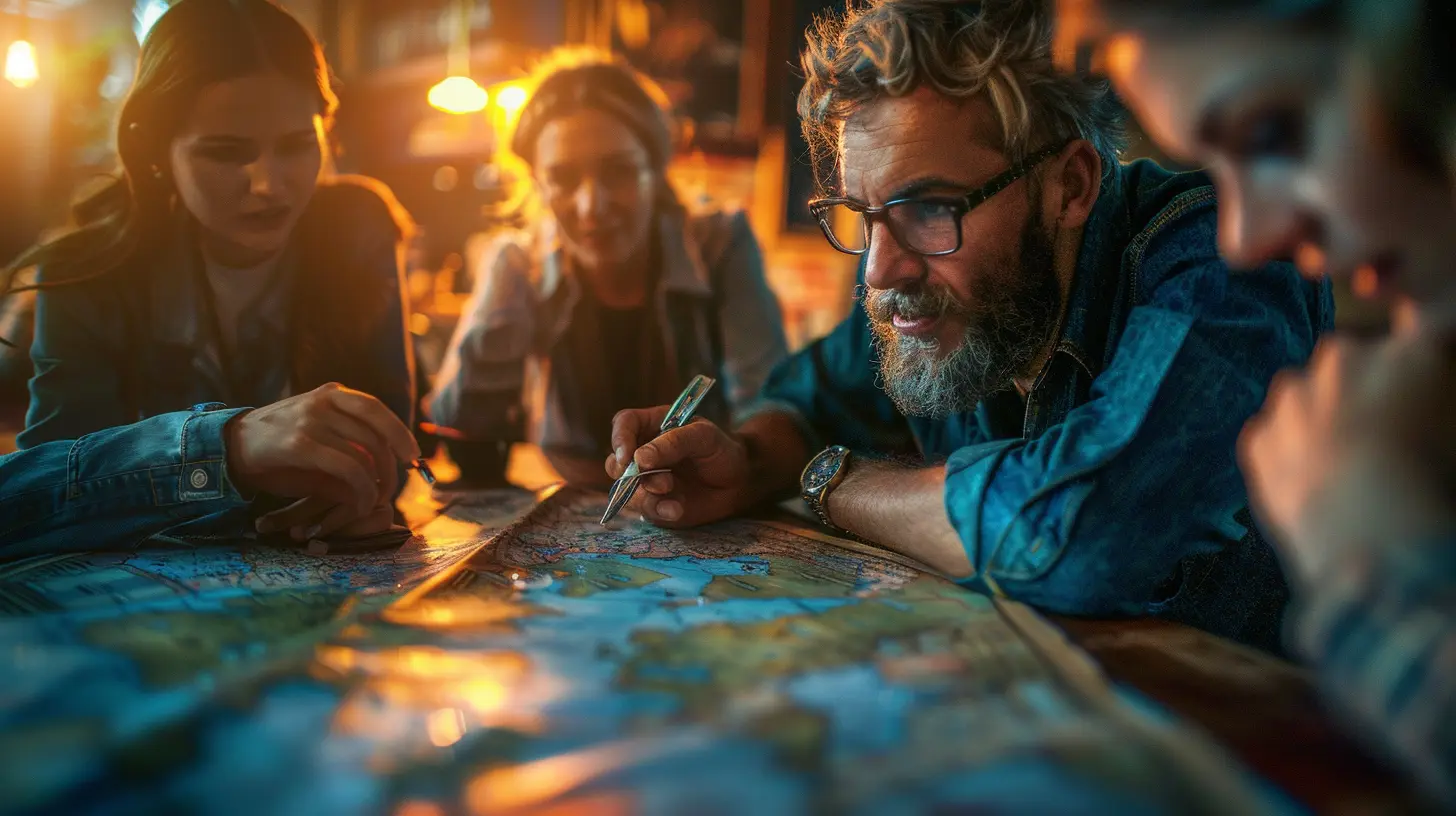
Historical Events: A Goldmine of Game Ideas
If there’s one thing history has plenty of, it’s drama. And developers have noticed.World Wars and Military Conflicts
Take the Call of Duty and Battlefield franchises. Both have dipped their toes into World War I and II, not just for the action but for the atmosphere and emotional weight. You’re not just playing a soldier; you’re experiencing a slice of global history—albeit a highly dramatized one.But it's not just about gunfire and glory. Games like Valiant Hearts opt for a more heartfelt take, showing the personal struggles of ordinary people caught in the crossfire. That's what sets it apart—turning history into a human story.
Uprisings and Revolutions
Remember Assassin’s Creed Unity? Set during the French Revolution, it offered players a chance to witness the chaotic upheaval of an entire society. It wasn't just a backdrop—it was an active part of the gameplay and world-building.Games exploring revolutions tap into themes of resistance, oppression, and social change. These are powerful—and very current—topics that strike a chord with gamers today.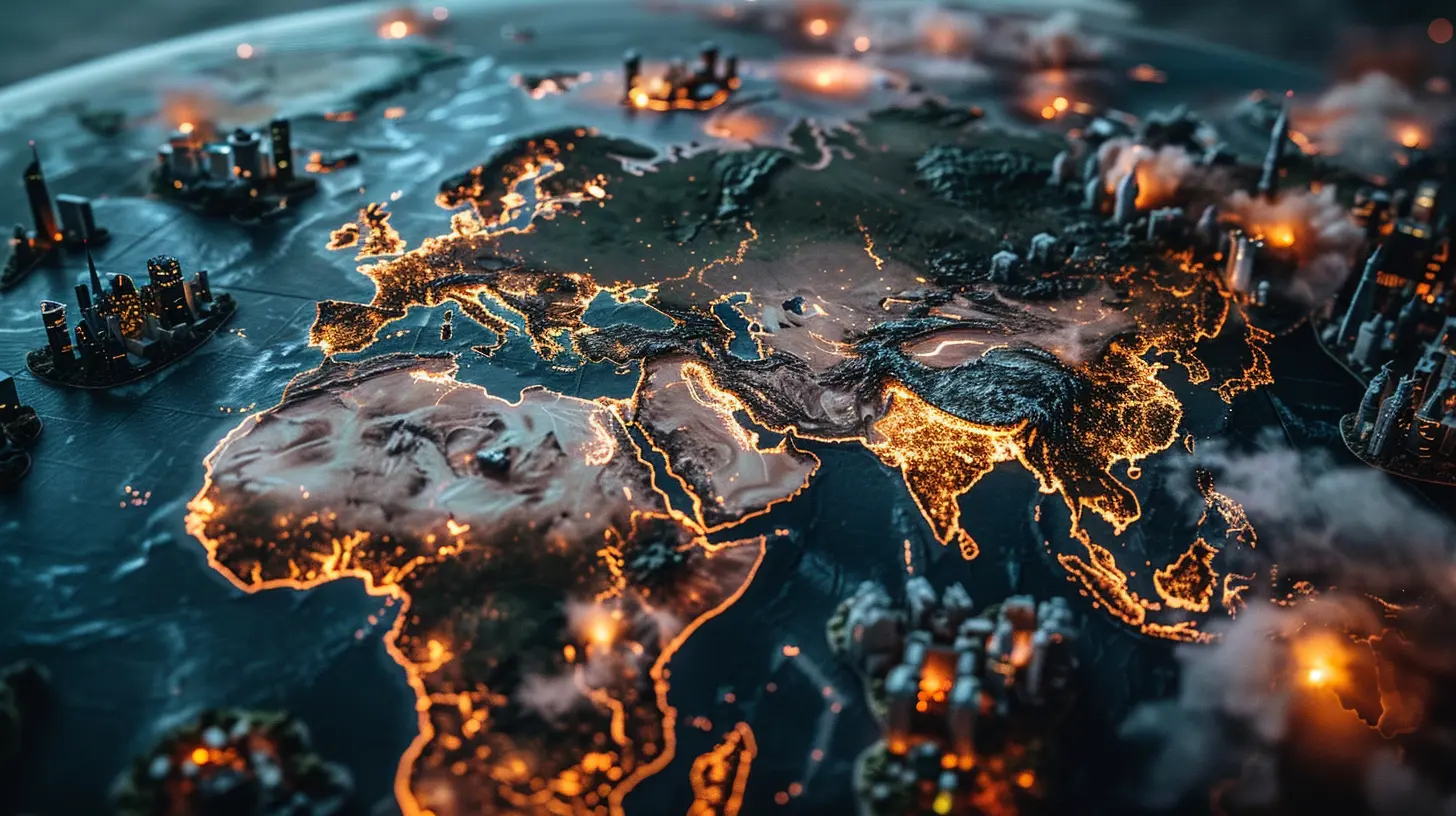
Politics and Power: The Game Behind the Game
While history’s got the drama, politics adds the intrigue. Sneaky deals, shadowy motives, and unpredictable twists? Sounds like gameplay material to me.The Rise and Fall of Nations
Games like Civilization are built entirely around political strategy. You guide a nation from the Stone Age to the Space Age, making decisions on war, diplomacy, religion, and culture. It’s not just fun—it’s strangely educational.Then you’ve got titles like Papers, Please, which strips it all down to one person doing a job at an immigration checkpoint. But behind every passport and stamp are layers of political intrigue, moral dilemmas, and emotional storytelling.
Mirror to Society
Many indie games are starting to reflect current events more directly. Whether it's the fight for LGBTQ+ rights, climate change, or systemic oppression, developers are weaving these real challenges into their narratives. Not for shock value—but to start conversations.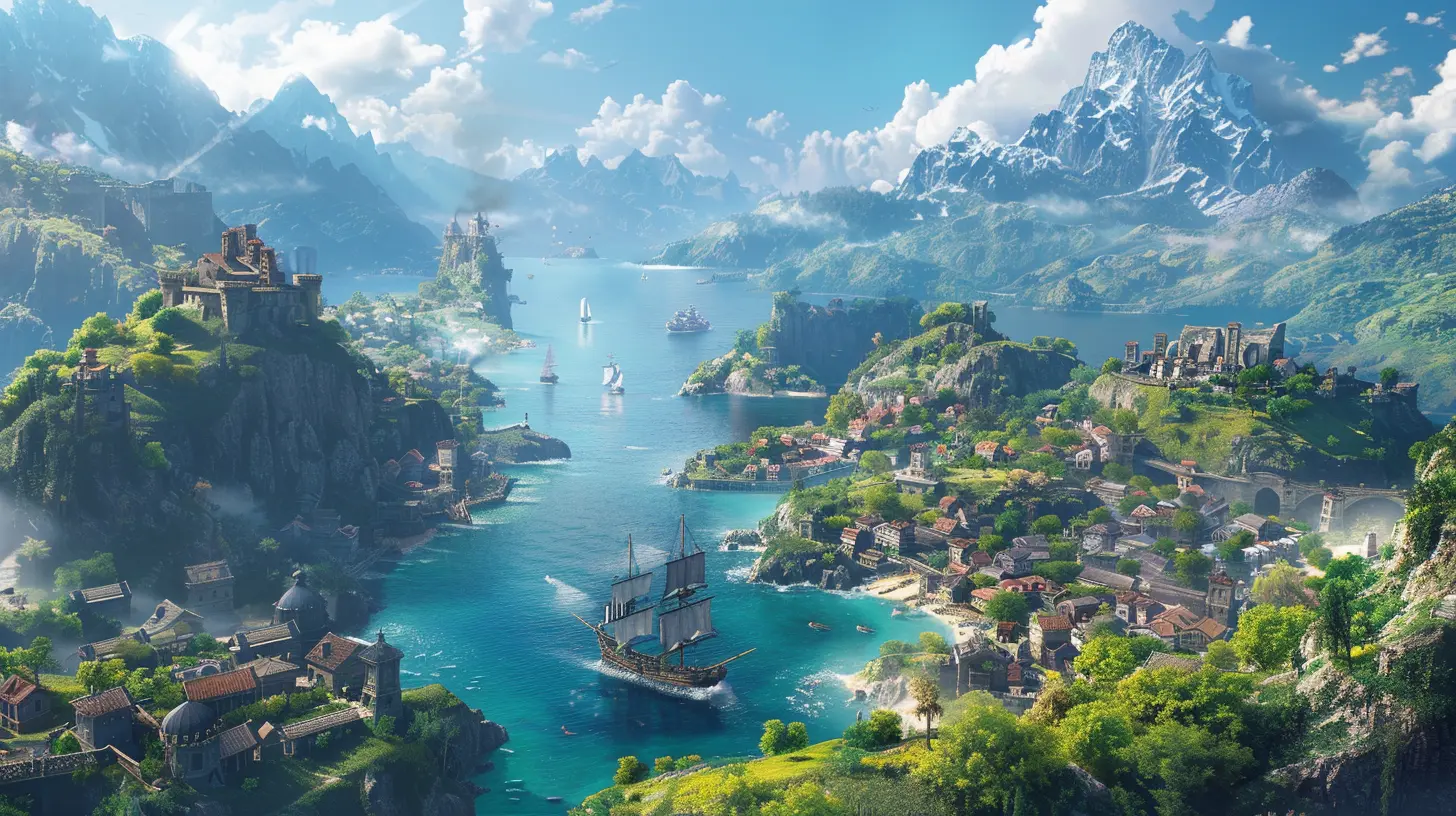
Natural Disasters and Environmental Themes
The earth is a fragile place, and when it strikes back, it leaves an impression. So it makes sense that some of the most haunting game worlds are modeled after real environmental disasters.Post-Apocalyptic Inspiration
Games like The Last of Us or Horizon Zero Dawn imagine what life might be like after humanity messes up big time. While they’re fictional, the seeds are often rooted in reality—pandemics, climate change, deforestation. Harsh truths wrapped in compelling gameplay.Nature as a Narrative Tool
In Firewatch, the wilderness of Wyoming becomes a character in its own right. Based on real national parks, the game's environment mirrors the protagonist’s emotional journey. That kind of storytelling? It hits deep.Culture and Mythology: Tapping into Shared Heritage
Sometimes inspiration doesn’t have to be tragic or political. It can also come from cultural identity and ancient stories passed down through generations.Reviving Forgotten Lore
God of War (2018) brought Norse mythology back into the mainstream—but it wasn’t done lightly. The game carefully weaves myth with emotion, drawing both from ancient texts and modern storytelling techniques. You feel connected not just to the characters but to centuries-old traditions.Similarly, Never Alone (Kisima Ingitchuna), developed in collaboration with the Iñupiat people of Alaska, brings indigenous folklore into a beautifully crafted game world. It’s more than entertainment—it’s cultural preservation.
Authenticity Matters
When real cultures inspire game design, authenticity is key. It’s easy to cross the line into tokenism or stereotyping, but when developers do the research and involve communities, the result is something truly special.Tragedy as a Creative Catalyst
This one’s tricky. Some of the most impactful game worlds are born from tragedy—but handling sensitive topics requires a careful touch.Games That Heal
Some developers create games as a way to process grief or trauma. That Dragon, Cancer is a gut-wrenching example, telling the story of a family coping with their young child’s battle with cancer. It’s raw, real, and incredibly moving.While games about real tragedy aren't for everyone, they serve an important purpose. They show that games can be more than fun—they can be healing, even profound.
Parallels in Gameplay Mechanics, Too
It’s not just the stories or settings—real-world events even influence how games are played.Resource Scarcity and Economics
Ever noticed how survival games often revolve around managing food, water, and shelter? That’s no accident. These mechanics echo real-world crisis situations—refugee camps, economic collapse, or climate disasters.Frostpunk, for instance, makes you choose between saving lives or conserving resources. It’s a chilling reflection of the decisions world leaders might face in a real emergency.
Social Simulation
Games like This War of Mine don’t focus on combat but survival. You're not the soldier—you’re the civilian. Suddenly, war looks very different. It's a slow, emotional grind, and it makes you think hard before every move.Gaming as a Reflection of Our Time
At the end of the day, video games are cultural artifacts. They reflect who we are, what we fear, and what we hope for. So when developers turn to real-world events for inspiration, they’re not just borrowing ideas—they're amplifying voices, asking questions, and inviting players to think.And we, as players, are part of that conversation. With every quest we accept, every dialogue choice we make, we’re engaging with those real-world parallels, even if we don’t realize it.
Final Thoughts
Games are a canvas, and real life is the paint. While developers have every tool they need to invent wild, fantastical, out-of-this-world environments, it’s often the real world—messy, tragic, beautiful, and complex—that offers the richest inspiration.So next time you're exploring post-apocalyptic ruins, navigating political chaos in a pixelated dystopia, or listening to mythical tales told through controller vibrations—pause for a second. Ask yourself: What real-world thread is being pulled here? Chances are, it’s something worth thinking about.
Game worlds may be fiction. But they often speak truths we recognize all too well.
all images in this post were generated using AI tools
Category:
World BuildingAuthor:

Audrey McGhee
Discussion
rate this article
1 comments
Alisha Martin
This article brilliantly highlights how real-world events can enrich game narratives. By drawing parallels between reality and virtual worlds, developers can create deeper, more relatable experiences that resonate with players, enhancing engagement and immersion in gaming. Great insights!
October 16, 2025 at 3:48 PM

Audrey McGhee
Thank you for your thoughtful comment! I'm glad you found the insights on real-world events enriching game narratives resonant. Your perspective on player engagement is spot on!
